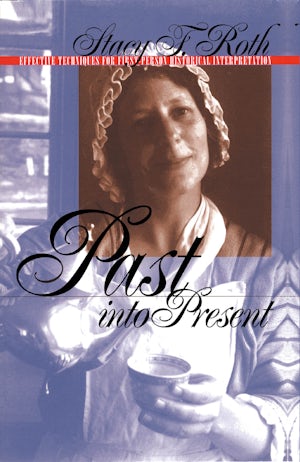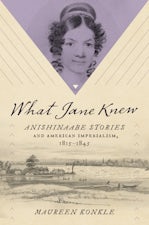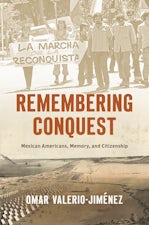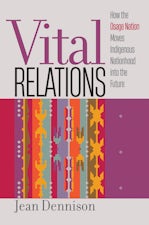Past into Present
Effective Techniques for First-Person Historical Interpretation
By Stacy F. Roth
272 pp., 6.125 x 9.25, 45 illus., notes, bibl., index
-
Paperback ISBN: 978-0-8078-4710-7
Published: May 1998 -
E-book EPUB ISBN: 978-0-8078-6424-1
Published: November 2000 -
E-book PDF ISBN: 979-8-8908-6926-5
Published: November 2000
Buy this Book
- Paperback $42.50
- E-Book $29.99
For Professors:
Free E-Exam Copies
characters through interactive dramatization or roleplaying--is
an effective, albeit controversial, method used to bring history
to life at museums, historic sites, and other public venues.
Stacy Roth examines the techniques of first-person interpretation
to identify those that have been most effective with audiences
while allowing interpreters to maintain historical fidelity.
Past into Present focuses on first-person
interpretation's most challenging form: the unscripted,
spontaneous, conversational approach employed in "living history"
environments such as Plimoth Plantation in Massachusetts, Conner
Prairie in Indiana, and Colonial Williamsburg in Virginia. While
acknowledging that a wide range of methods can touch audiences
effectively, Roth identifies a core set of practices that combine
positive communication techniques, classic interpretive
philosophy, and time-tested learning theories to promote audience
enjoyment, provoke thought and inquiry, convey important messages
and themes, and relate to individual visitor interests. She
offers numerous examples of conversation and demonstration
strategies, visitor behavior profiles, and suggestions for
depicting conflict and controversy, and she provides useful
character development guidelines, interpretive training advice, and recommendations for adapting first-person interpretation for
diverse audiences.
About the Author
Stacy F. Roth is codirector of History on the Hoof, a company that creates, organizes, and performs a variety of interpretive presentations on historical themes.
For more information about Stacy F. Roth, visit
the
Author
Page.
Reviews
"A wonderful handbook that examines the techniques of first-person interpretation. . . . Roth identifies a core set of practices that will not only promote audience enjoyment, but provoke thought and convey important messages."--Colonial Chronicle
"Stacy Roth is to be commended for realizing the desperate need within the world of interpretation for a resource such as Past into Present. Filled with case studies and useful hints, her book is an instant classic in the field and should be a valued source for years to come."--Association for Living History, Farm and Agricultural Museums Bulletin
"Should be on the active reference shelf of every staff member, volunteer, and independent presenter involved with historical interpretation, education, or programming--even if you're not role playing or using 'first-person' techniques. It is the up-to-date, affordable, practical synopsis of public educational techniques for which we've been waiting. . . . There's something in Past into Present for all interpreters, docents, and volunteers who strive to bring history to life for our students and visitors."--History News
"Like many explorers of old, Stacy Roth has set sail boldly, traveled widely, and maintained a missionary zeal in charting the mysterious, still ill-defined realms of what the late twentieth century has begun to identify as 'the field of living history.' She knows these are not all realms of gold; and she helps us not only in assaying the true ore (which requires great effort in the mining and refining), but also in recognizing the fool's gold we may more easily stumble upon. This is a very useful book, both for living history practitioners and for the larger audience of readers interested in new ways of approaching the past."--John C. Kemp, Director of Colonial Interpretation, Plimoth Plantation
"Past into Present is both a spirited defense of a controversial interpretive technique and a handbook for its successful use. If I were supervising the training of interpreters at a site that used first-person interpretation, I would definitely use this book. Roth has done an excellent job of blending scholarship with practical advice."--John D. Krugler, Marquette University




